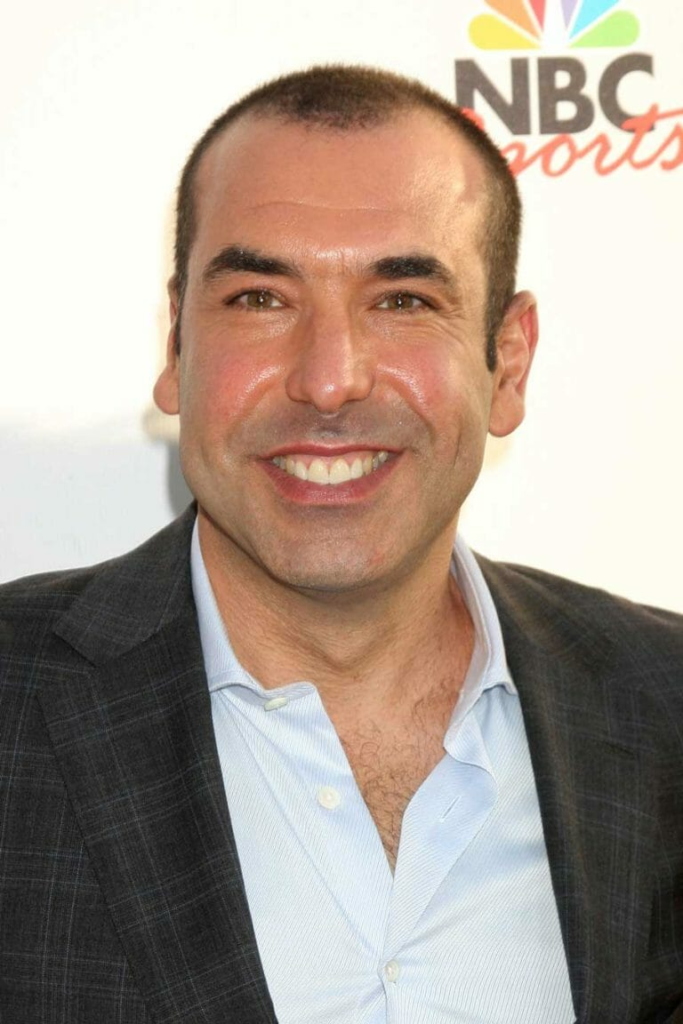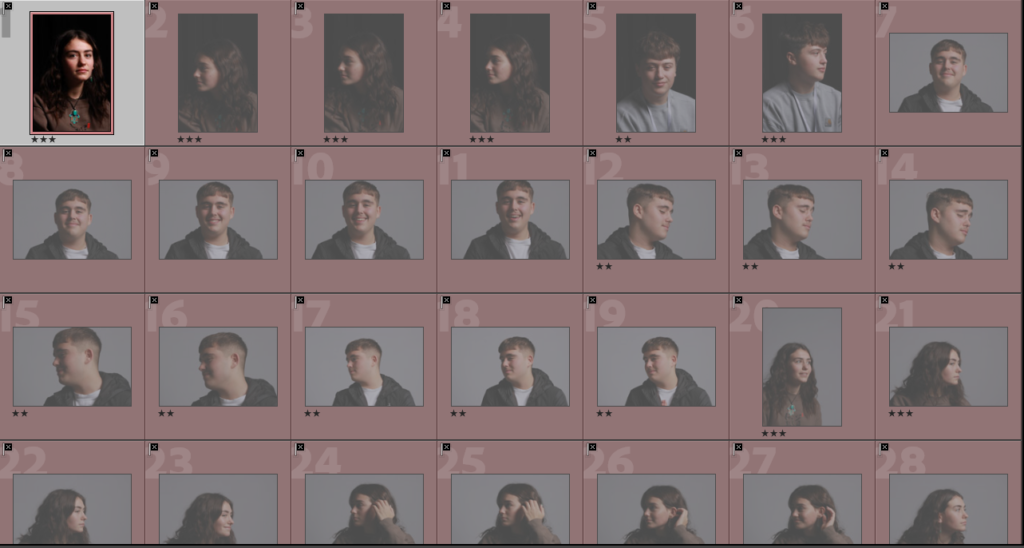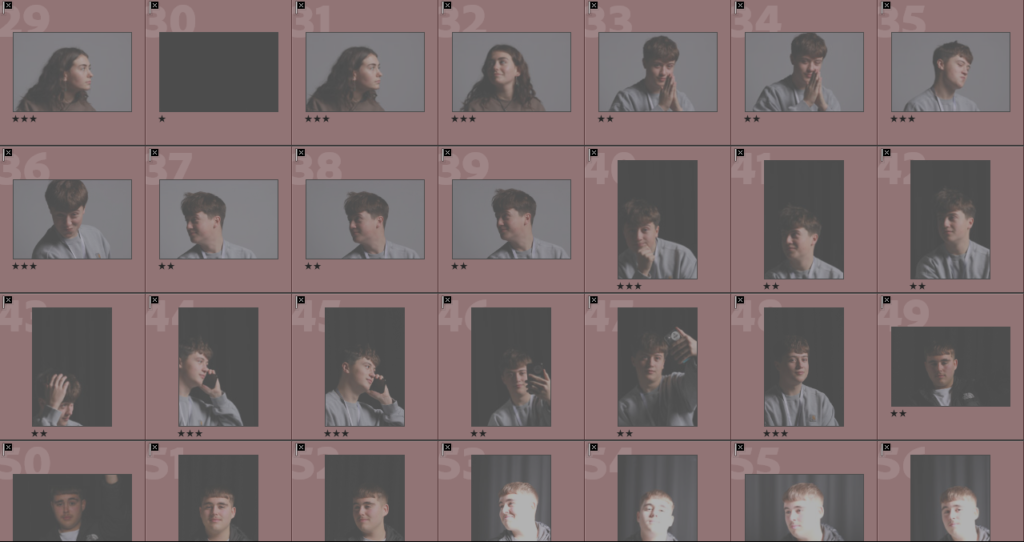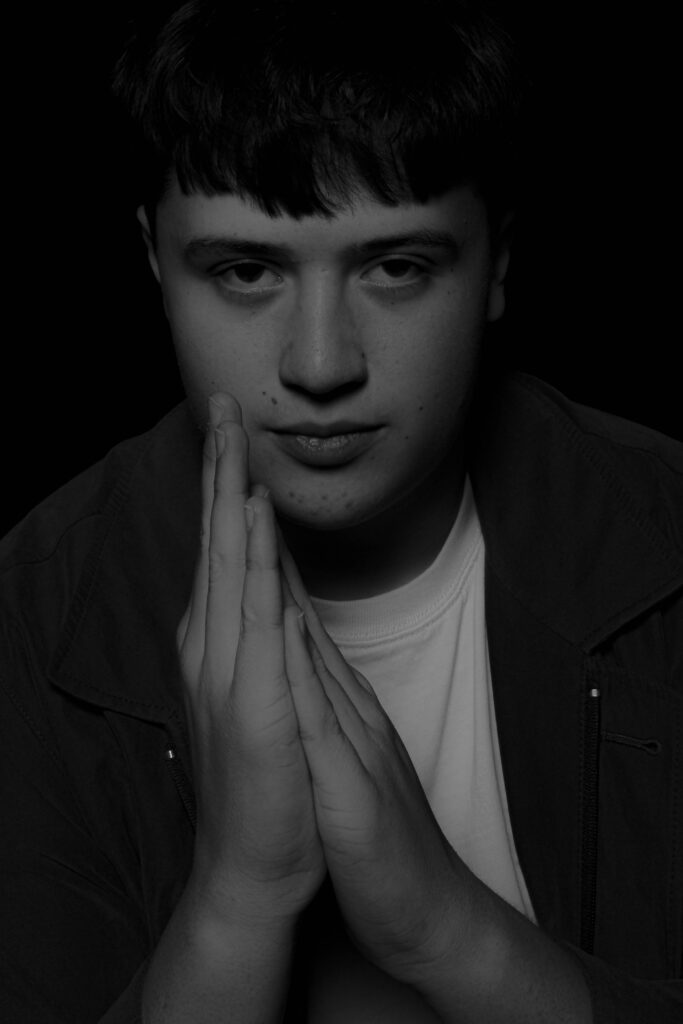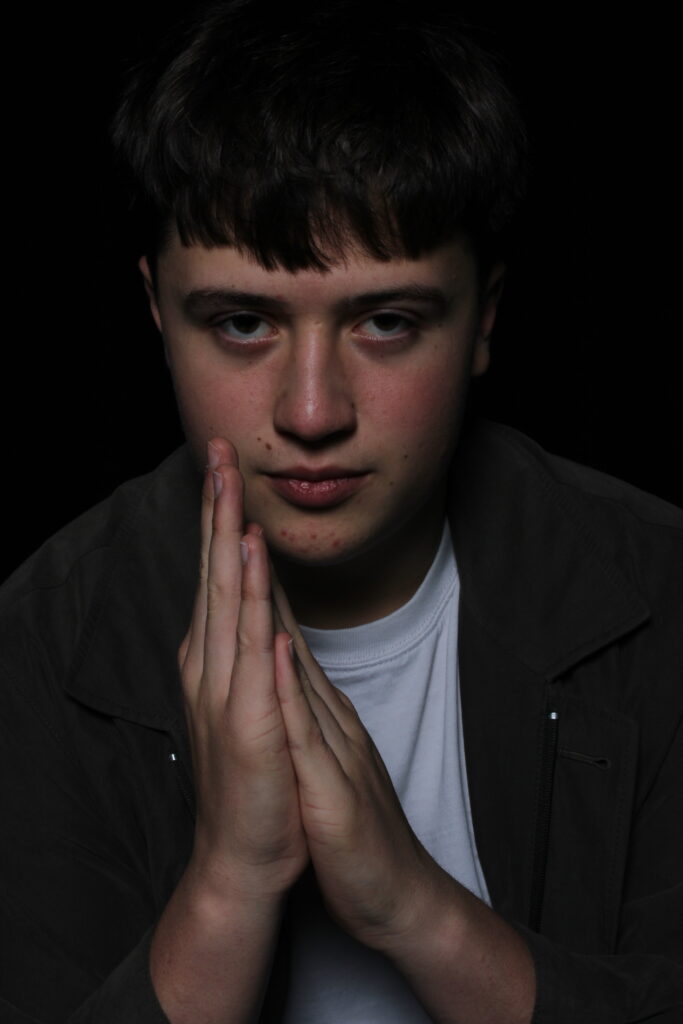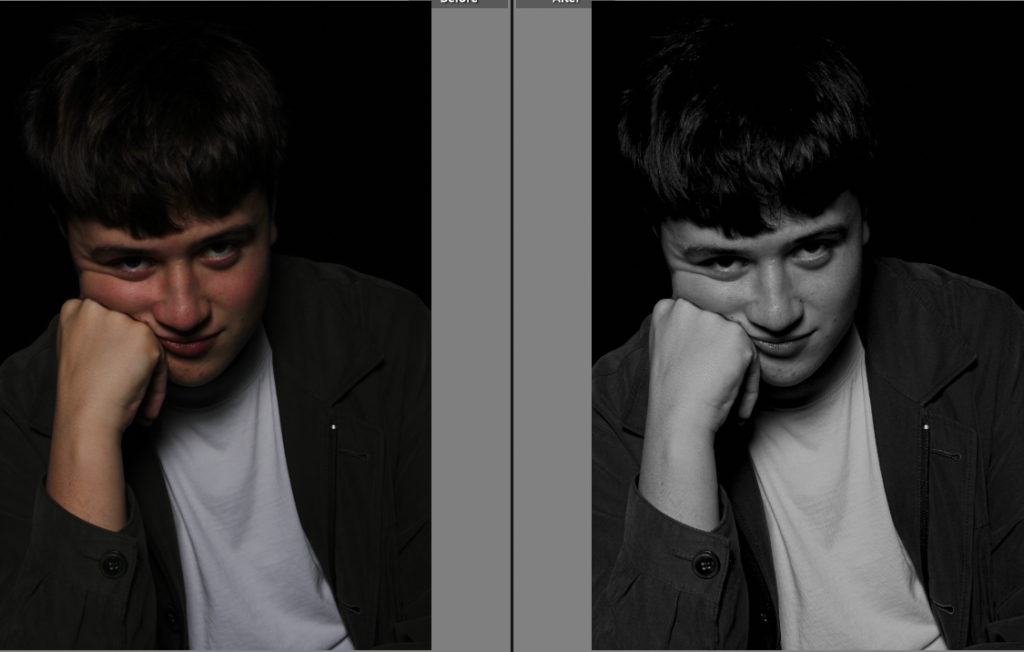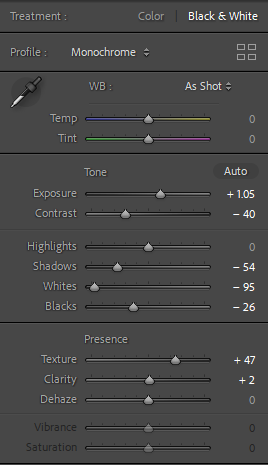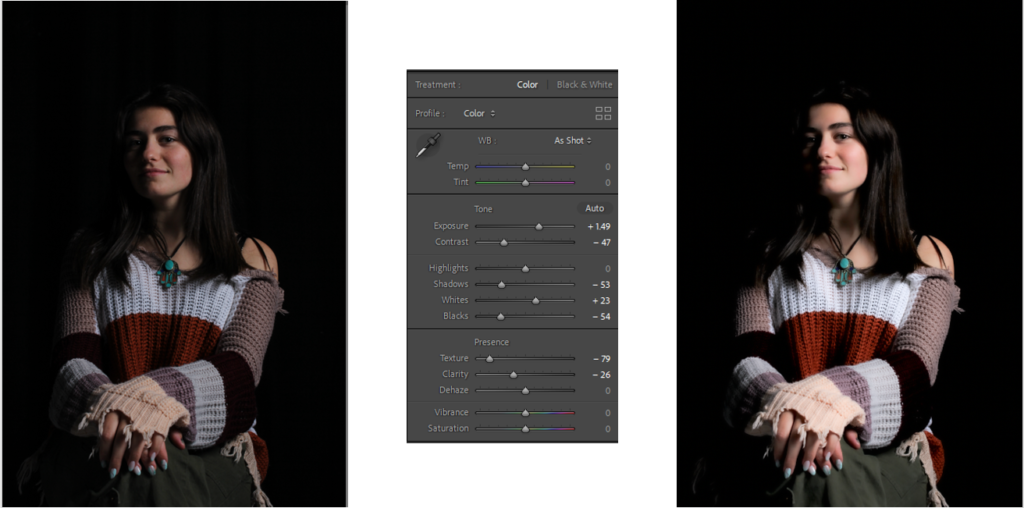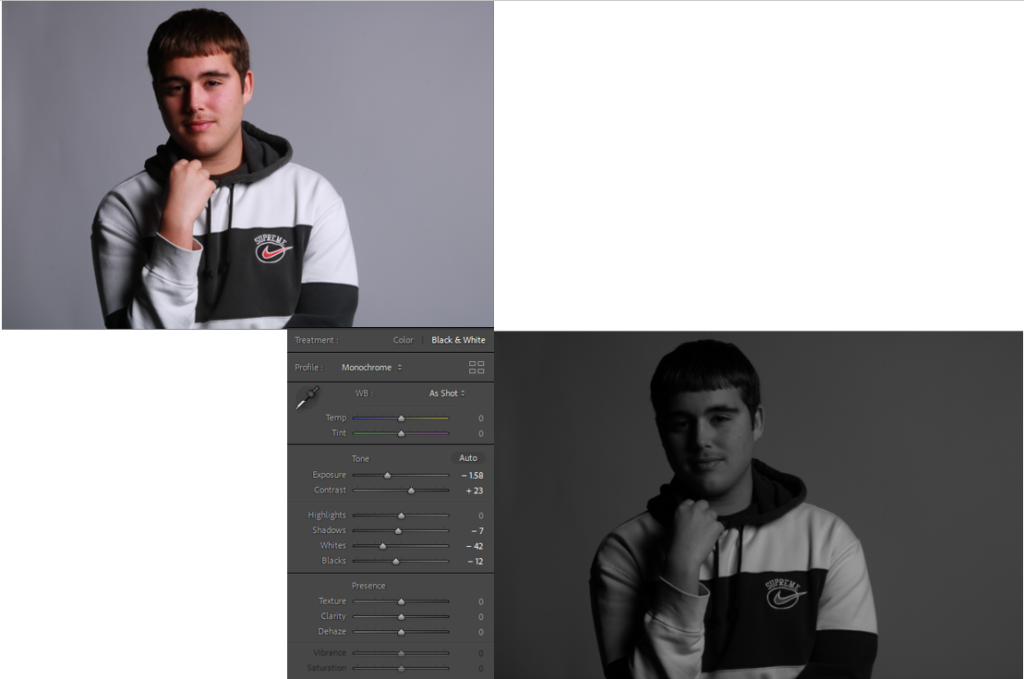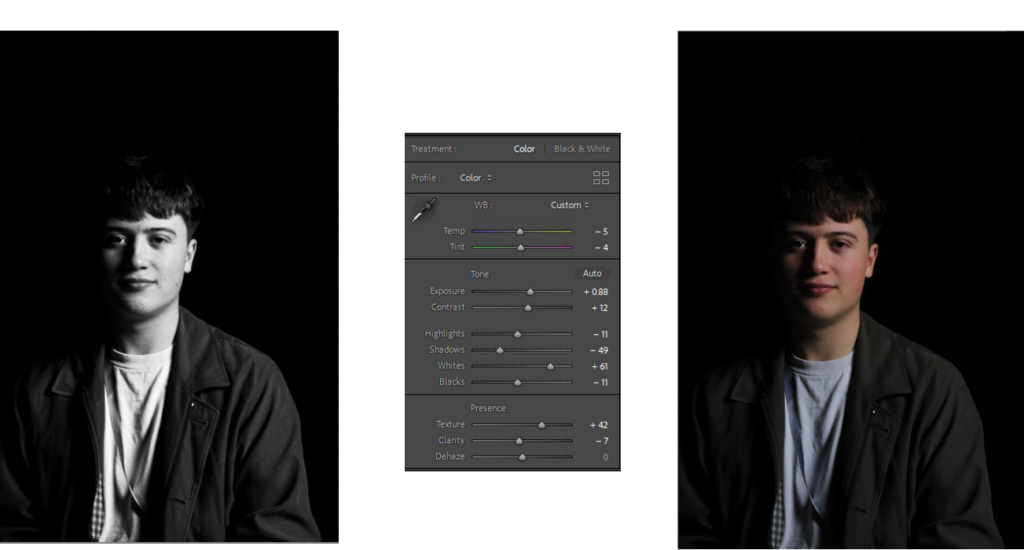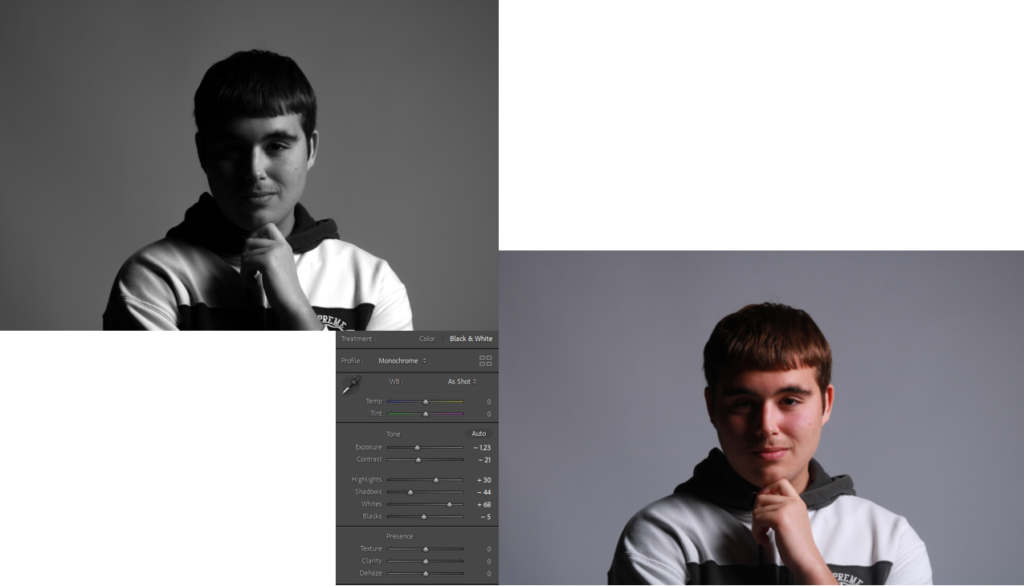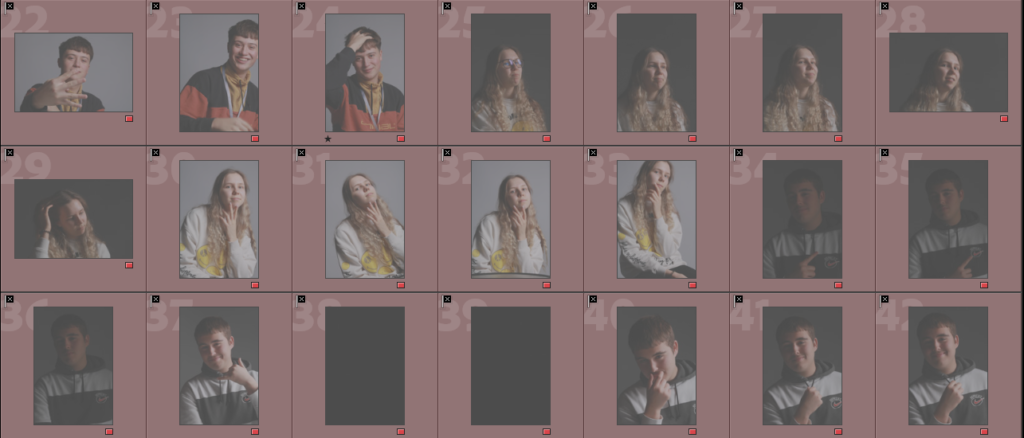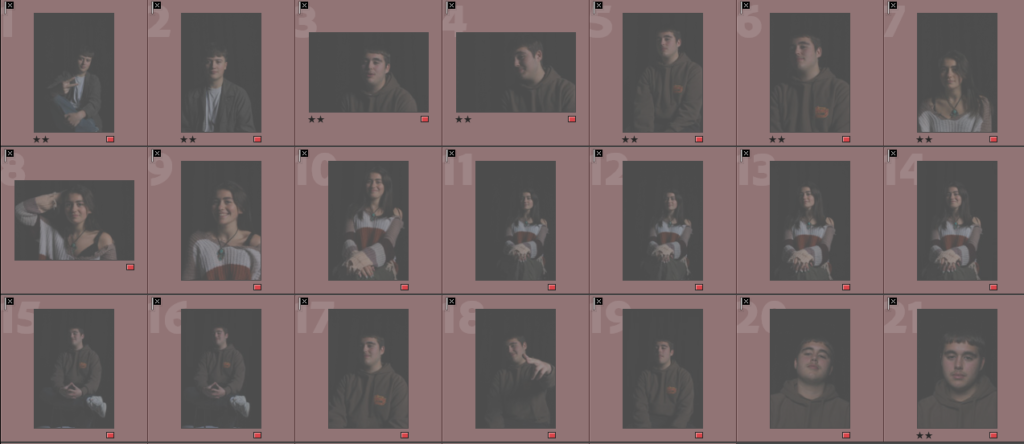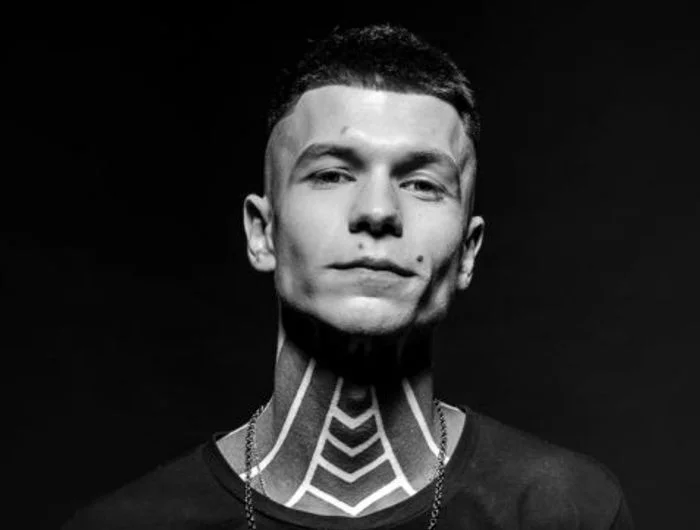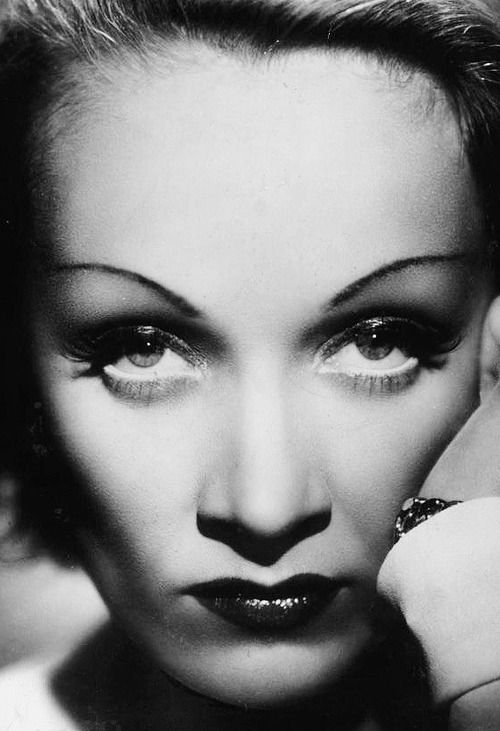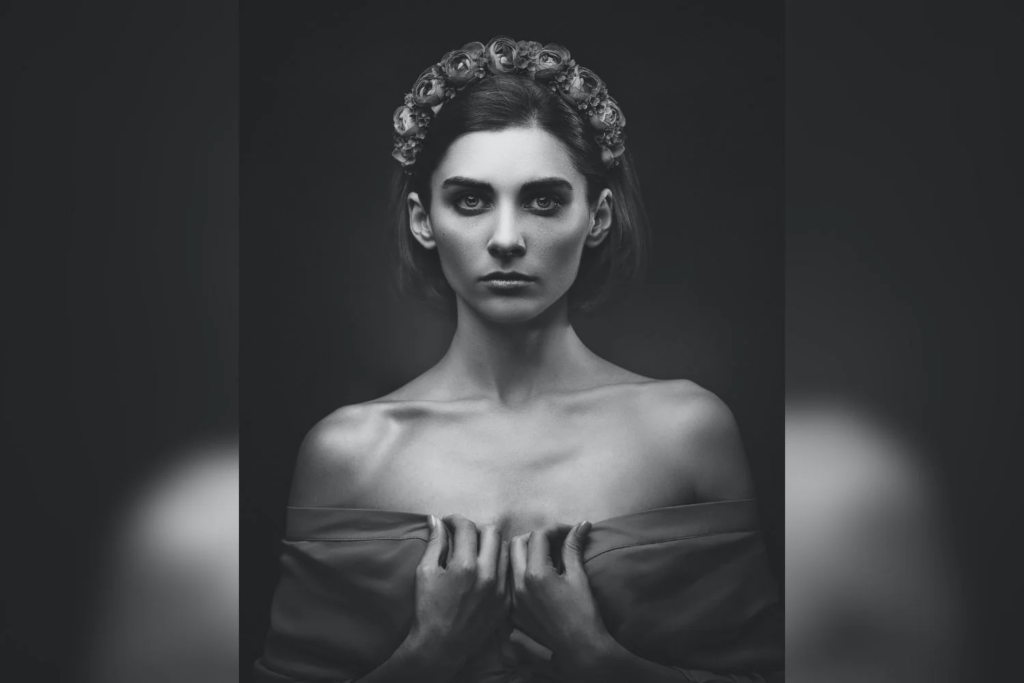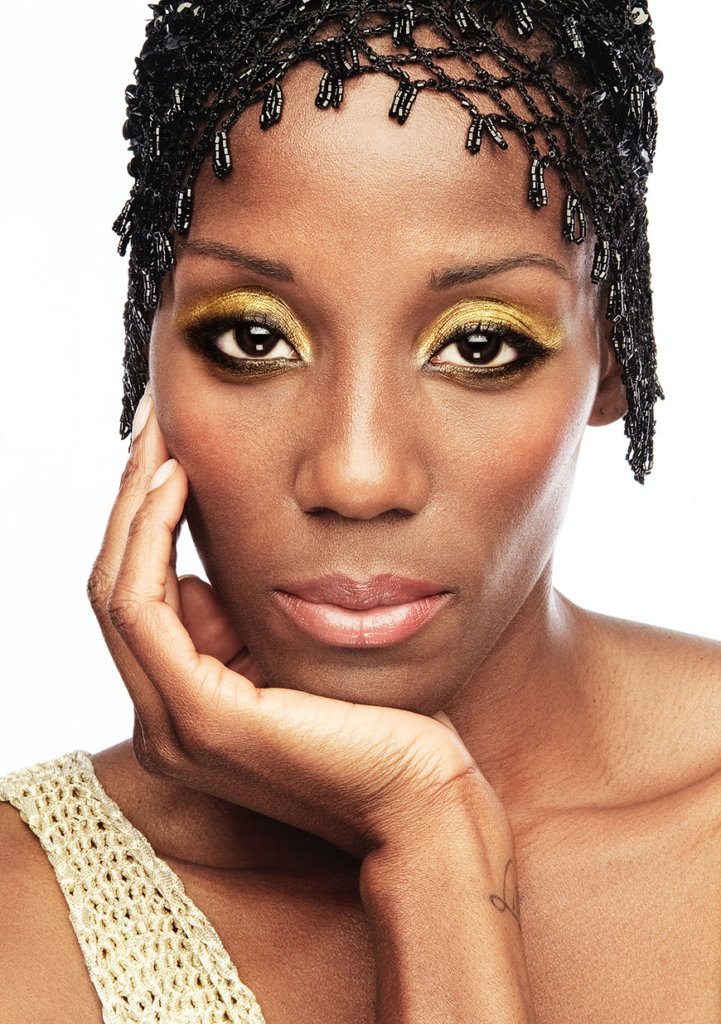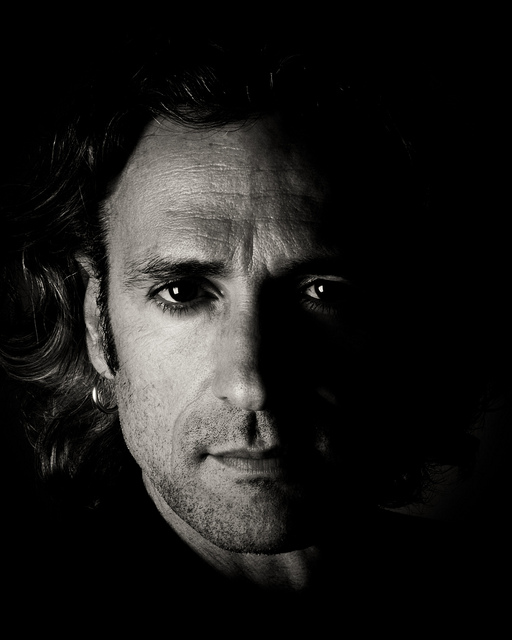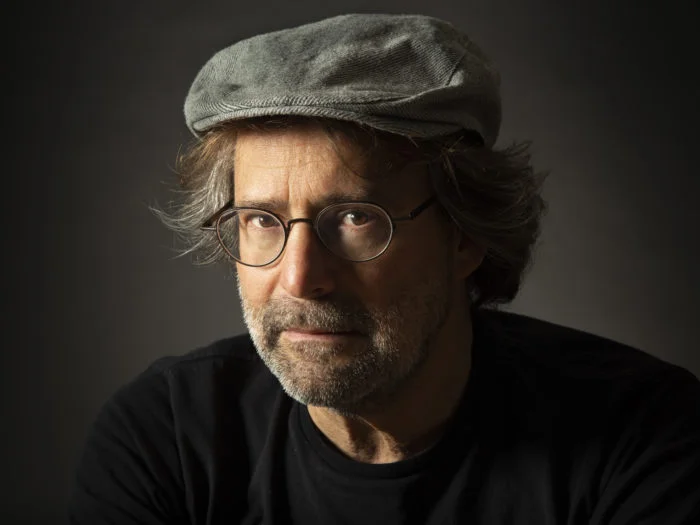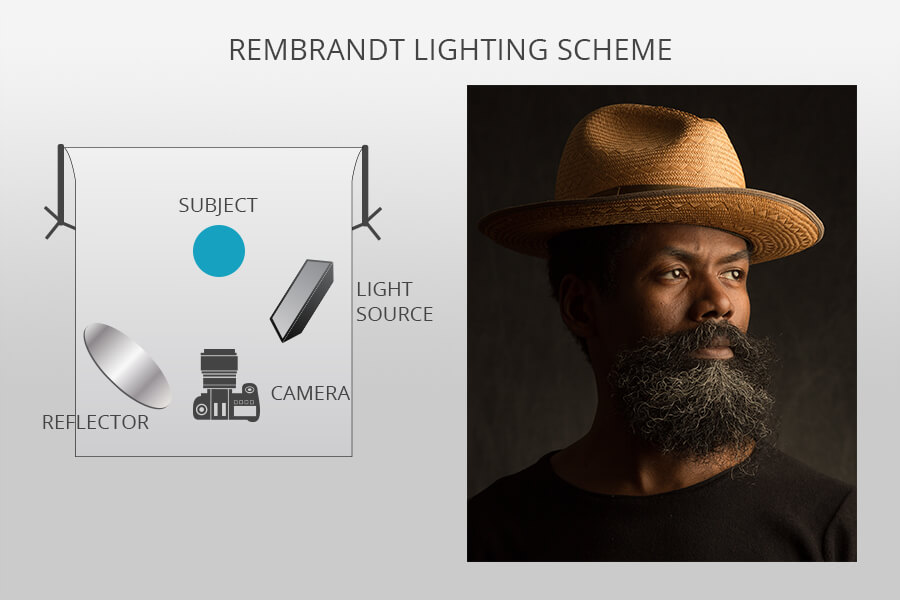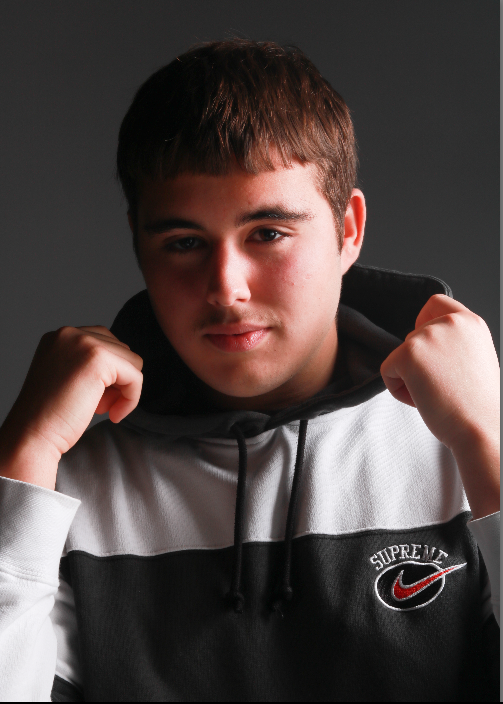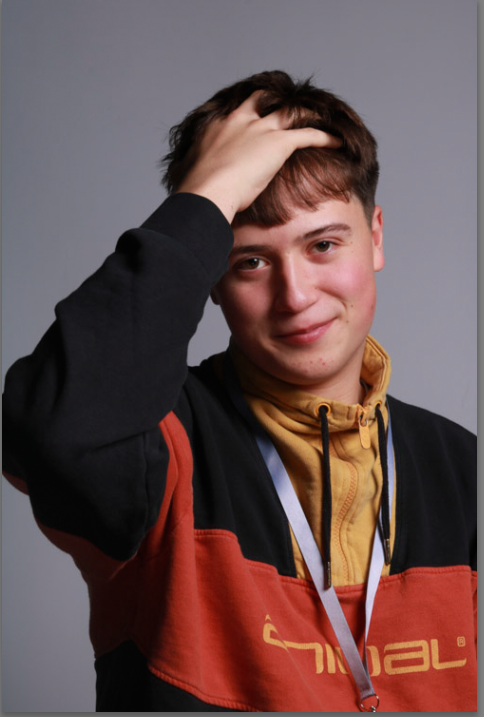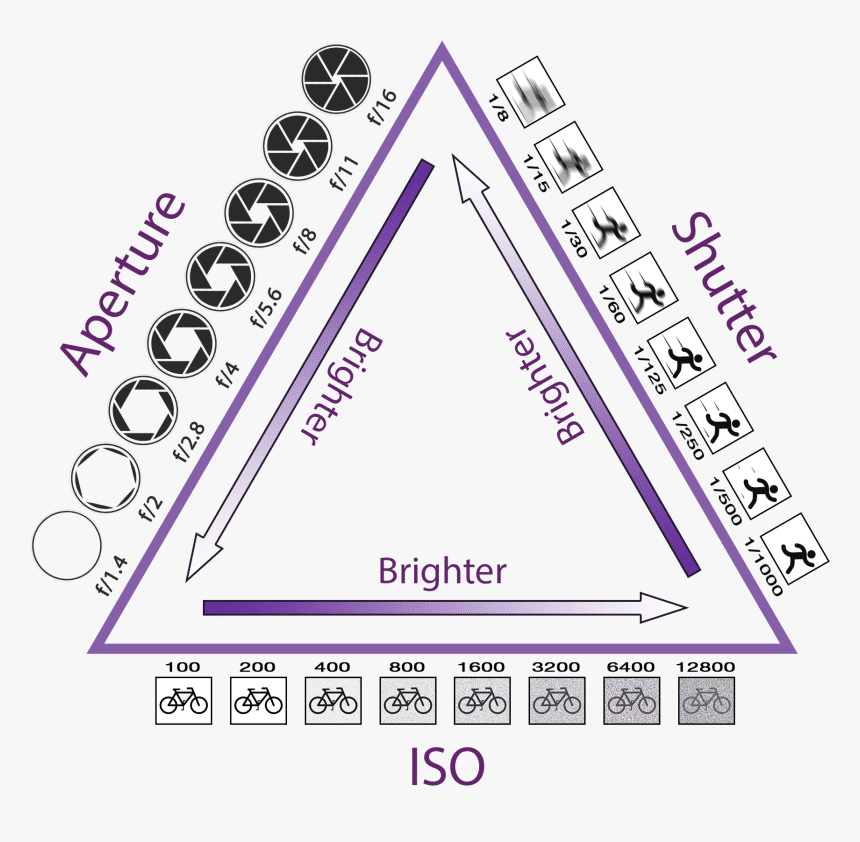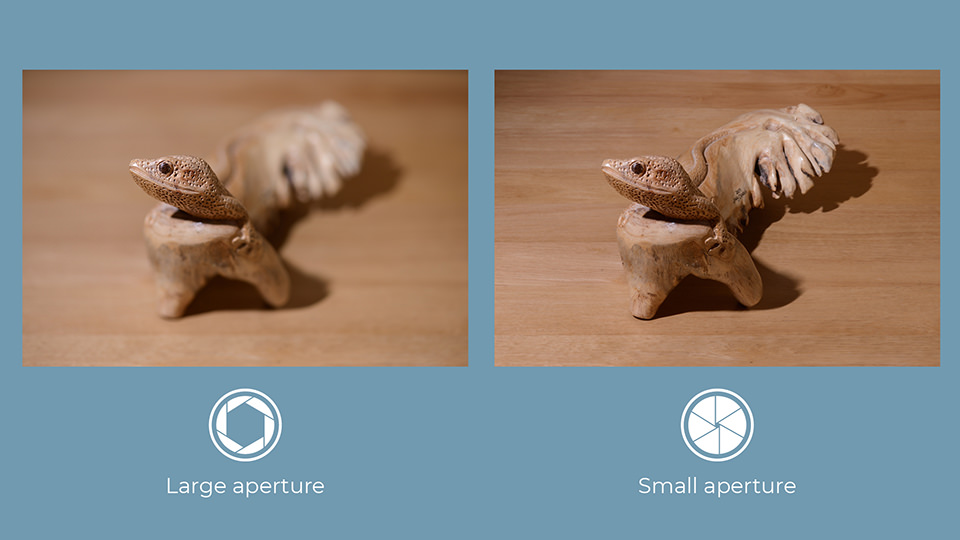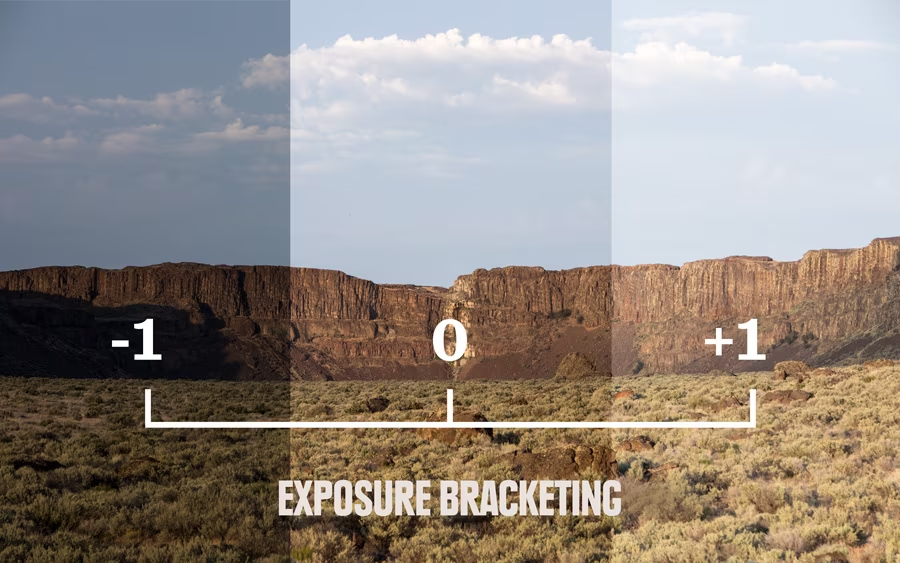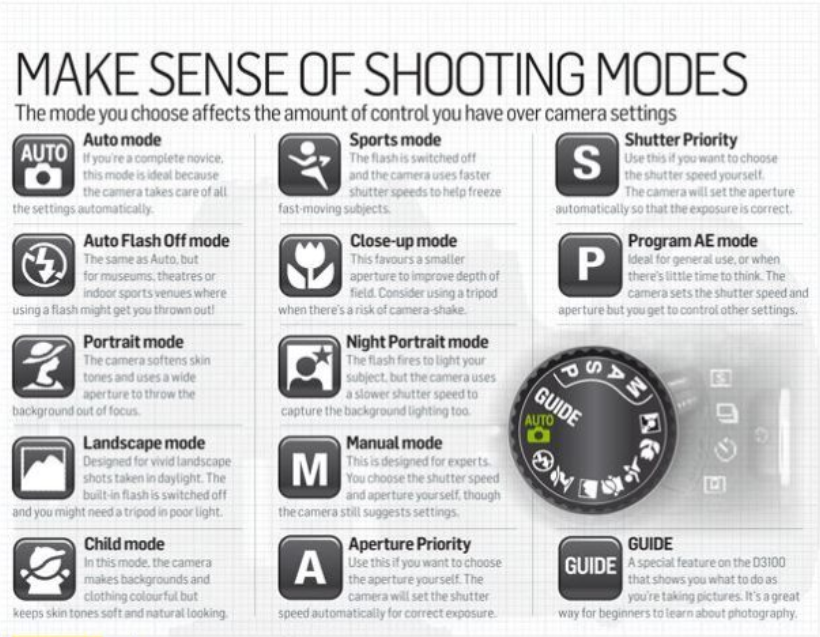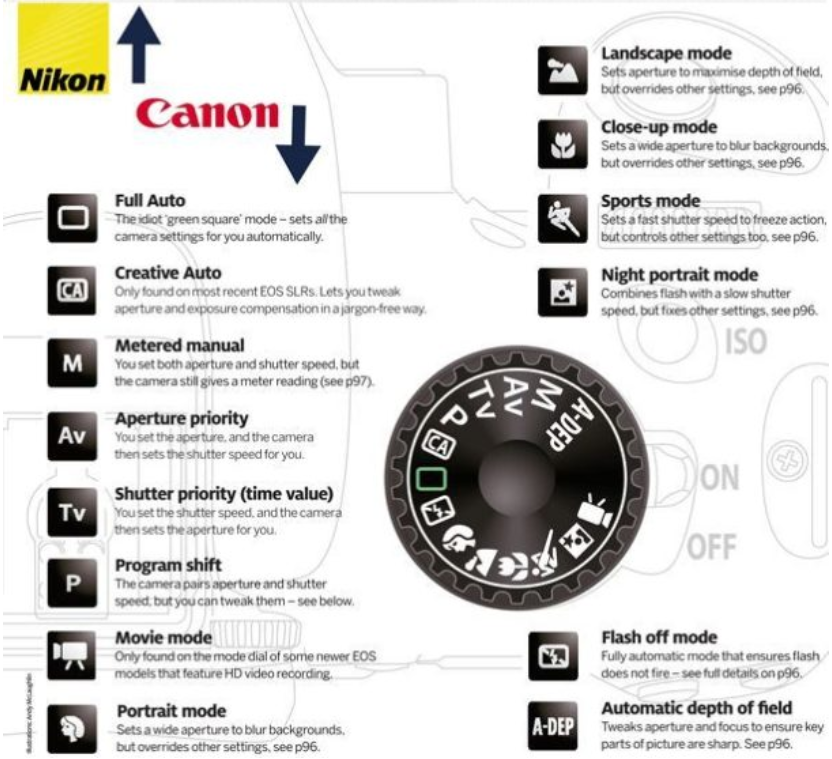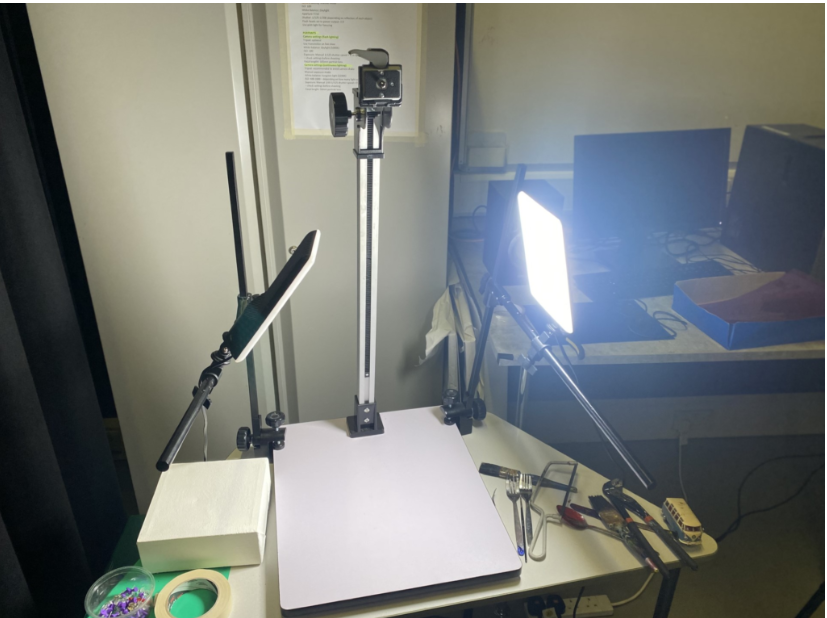What is Masculinity?
Masculinity is common traits, attributes and characteristics of men and boys for example the most prominent ones would be things like the colour blue or even jobs such as mechanic.
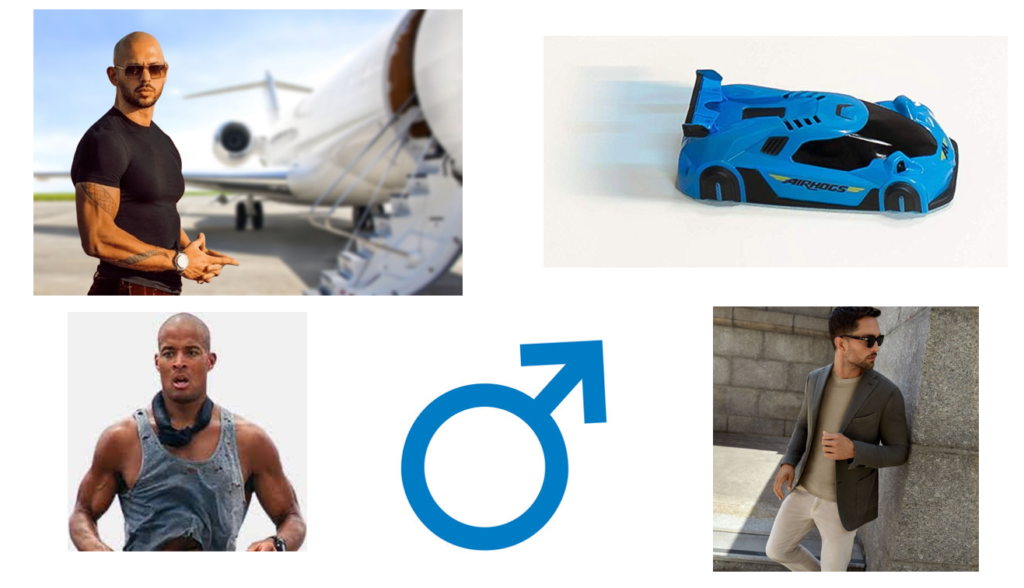
what is Femininity?
just like masculinity femininity is attributes and characteristics that are more common throughout women that you would really see men do examples of this could be using make up or working as a nurse.


what is the definition of identity?
identity is the qualities, beliefs, personality traits, appearance, and/or expressions that characterize a person or a group. Identity emerges during childhood as children start to comprehend their self-concept, and it remains a consistent aspect throughout different stages of life.
someone’s identity can link to many different things but peoples culture is a big thing when talking about who you identify as and who you are. things like religion and race is what I would consider as one of the main things when talking about your cultural identity but things such as gender age and other things are obviously your identity.
for example one of the biggest cultural identity’s in the world is Christianity as its the most followed religions in the world with 2.4 billion followers.
(common Christian church)

social identity is a concept of who you are in public, work or even with your friends. this can be influenced by things people do or say that people see online or even when they are out in public. a popular/trendy identity that has grown in the UK is roadmen. stereotypically roadmen are usually dressed in all black, they are also known for having a postcode war which is a where a group of people feel like they need to defend there area from the other people around them.
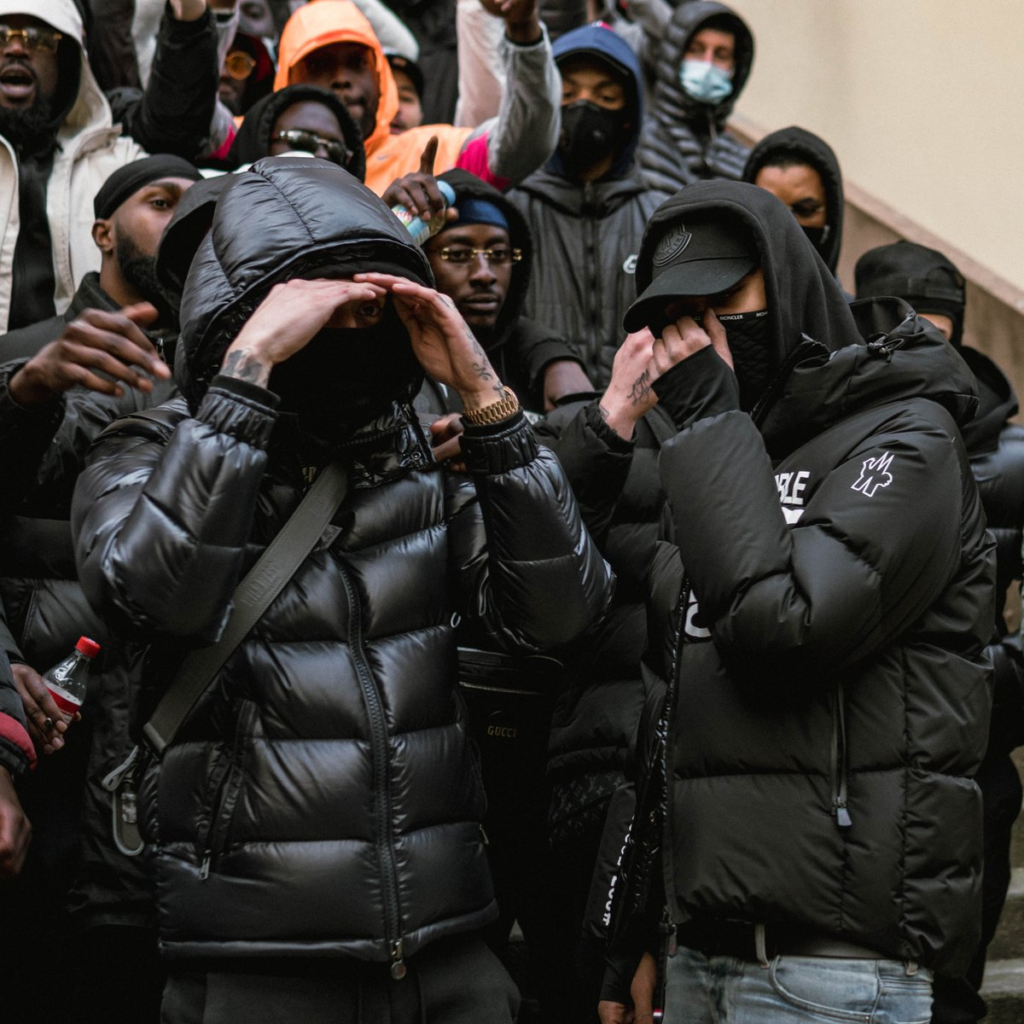
social identity can also be shown through what you wear (streetwear, fashion etc). this can give people an insight on who you are.
a good example would be bloke core which has really been popularised in the UK over the years
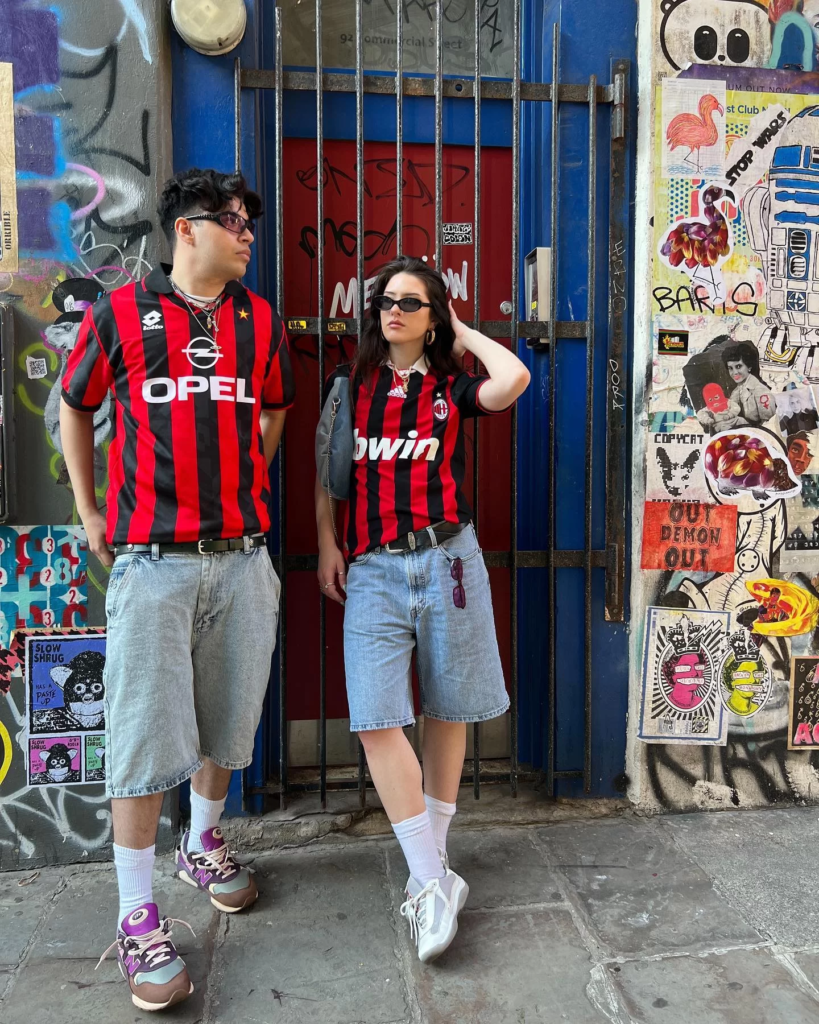
geographical identity, is when someone has an attachment to their country region or city. this is shown in jersey through the jersey post with its dedicated pages to sporting events throughout the island. and through social media from pages such as sports cast jersey

peoples identity’s can be formed through their upbringing with parents and siblings. as they are constantly around family so they pick up on personality traits and the way people speak or look. so people essentially become mini versions of there parents


